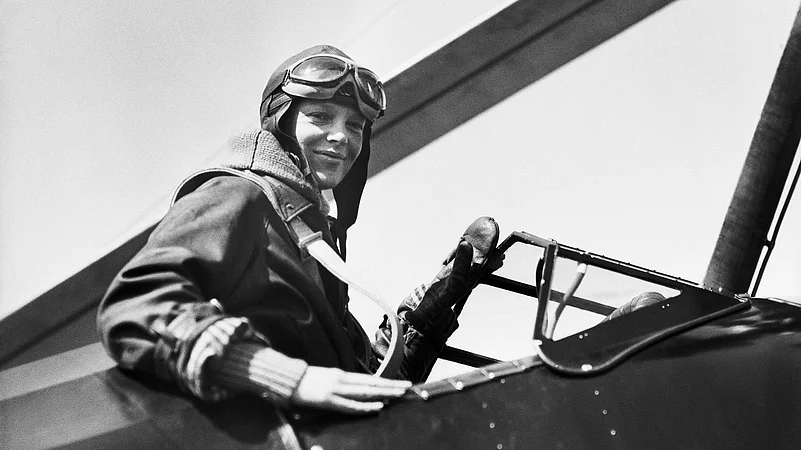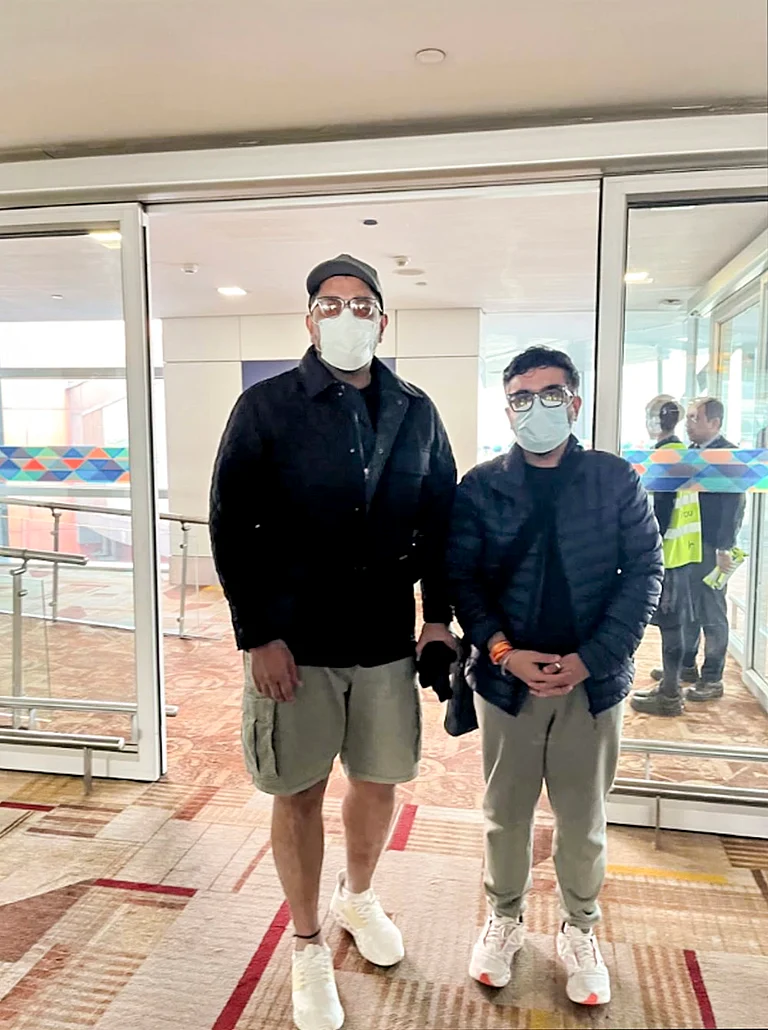Tony Romeo, a pilot, explorer, and former Air Force intelligence officer, believes he has stumbled upon a groundbreaking discovery – sonar data suggesting the wreckage of Earhart's Lockheed 10-E Electra lying on the Pacific Ocean floor.
Driven by a lifelong fascination with the aviation pioneer and fueled by an $11 million investment from his own pocket, Romeo embarked on a deep-sea exploration last year. Utilizing advanced sonar technology, his team meticulously scanned the ocean floor near Howland Island, the planned refueling stop for Earhart's ambitious attempt to circumnavigate the globe in 1937.
Their efforts culminated in a December breakthrough. Analyzing data captured by an underwater drone, Romeo and his team spotted a blurry, yet distinct, image resembling a plane. The location, roughly 100 miles from Howland Island, aligns with the speculated crash site of Earhart's ill-fated journey.
While the image remains grainy, its distinct features have convinced Romeo that it's not just any aircraft. "The unique shape, particularly the tail section, points directly to Amelia's Electra," he declared in an interview with NBC's show. "There are no documented crashes in the area, especially not from that era, with a design matching what we see."
This potential discovery marks a significant development in the enduring Amelia Earhart enigma. For over 80 years, theories and speculations have swirled around her disappearance, fueling countless expeditions and captivating the public imagination. The possibility of finally locating her plane would not only provide closure to her family and admirers but also shed light on the final moments of her historic attempt.
However, caution remains warranted. Experts urge restraint until further evidence corroborates Romeo's claims. The blurry sonar image, while intriguing, needs verification through additional scans or, ideally, physical retrieval of the wreckage. The vast expanse of the Pacific Ocean adds another layer of complexity to the process.
Despite the reservations, Romeo's findings have rekindled hope for answers. His team plans to return to the site later this year, equipped with more advanced technology to capture clearer images and potentially collect physical samples. The aviation world and history enthusiasts alike await the next chapter in this captivating saga, with bated breath and a flicker of optimism that the mystery of Amelia Earhart may finally be laid to rest.



























